UConn Researcher: E-Cigarettes as Harmful as Tobacco
/Researchers at the University of Connecticut have revealed evidence that electronic cigarettes, or e-cigarettes, may be as harmful as tobacco cigarettes. Since e-cigarettes came on the market in 2004, there has been considerable debate on their safety, as well as the potential adverse health effects on users. E-cigarettes have risen in popularity in recent years as many consider them a "safer" alternative to traditional tobacco cigarettes.
Now, a just-published study by chemists at the University of Connecticut offers new evidence that electronic cigarettes, or e-cigarettes, are potentially as harmful as tobacco cigarettes. The contents of e-cigarettes -- known as e-liquid or e-juice -- contain propylene glycol, glycerine, nicotine and flavorings.
Using a low-cost, 3-D printed testing device, UConn researchers found that e-cigarettes loaded with a nicotine-based liquid are potentially as harmful as unfiltered cigarettes when it comes to causing DNA damage.
“Some people use e-cigarettes heavily because they think there is no harm,” said Karteek Kadimisetty, a postdoctoral researcher in UConn’s chemistry department and the study’s lead author. “We wanted to see exactly what might be happening to DNA, and we had the resources in our lab to do that.”
The researchers found that vapor from non-nicotine e-cigarettes caused as much DNA damage as filtered cigarettes, possibly due to the many chemical additives present in e-cigarette vapors. Cellular mutations caused by DNA damage can lead to cancer.
 The findings appear in the journal ACS Sensors, a publication of the American Chemical Society. ACS Sensors is a peer-reviewed research journal that is devoted to the dissemination of new and original knowledge on all aspects of sensor science that selectively sense chemical or biological species or processes. Since publication, the research has been widely featured in the news media across the country.
The findings appear in the journal ACS Sensors, a publication of the American Chemical Society. ACS Sensors is a peer-reviewed research journal that is devoted to the dissemination of new and original knowledge on all aspects of sensor science that selectively sense chemical or biological species or processes. Since publication, the research has been widely featured in the news media across the country.
How much DNA damage e-cigarettes cause depends on the amount of vapor the user inhales, the other additives present, whether nicotine or non-nicotine liquid is used, and other factors, according to Kadimisetty.
“From the results of our study, we can conclude that e-cigarettes have as much potential to cause DNA damage as unfiltered regular cigarettes,” Kadimisetty told UConn Today.
How much e-cigarettes contribute to serious health problems and whether they serve as a gateway for future tobacco smokers remains the subject of debate among scientists, legislators and the public. A year ago, the U.S. Food and Drug Administration tightened some regulations on e-cigarettes due to concerns that were raised.
Electronic cigarettes are battery-powered devices that heat up liquid and turn it into an aerosol vapor that can be inhaled. Using e-cigarettes is also called ‘vaping.’ The contents of e-cigarettes, called e-liquid or e-juice, are usually made up of propylene glycol, glycerine, nicotine, and flavorings such as menthol, cherry, vanilla, or mint. Non-nicotine e-cigarettes are also available.
Joining Kadimisetty and Rusling on the study, UConn Today reported, was former UConn Ph.D. student Spundana Malla, now a scientist at Alliance Pharma in Pennsylvania. The study was supported by funding from the National Institute of Environmental Health Sciences of the National Institutes of Health.
Photo: UConn postdoctoral researcher Karteek Kadimisetty. (Peter Morenus/UConn Photo)


 Paul won in the Best Original Score category for his work on Broadway’s “Dear Evan Hansen,” along with writing partner Benj Pasek. Before the night was out, the writers were back on the Radio City Music Hall stage to share another Tony for Best Musical for “Dear Evan Hansen.” In all, the play won six Tonys. Paul was the show's co-composer, co-lyricist and co-creator.
Paul won in the Best Original Score category for his work on Broadway’s “Dear Evan Hansen,” along with writing partner Benj Pasek. Before the night was out, the writers were back on the Radio City Music Hall stage to share another Tony for Best Musical for “Dear Evan Hansen.” In all, the play won six Tonys. Paul was the show's co-composer, co-lyricist and co-creator. The 9/11-themed musical "Come From Away" won for best direction of a musical, Yale University graduate Christopher Ashley. It had a significant early reading at Goodspeed Musicals' Festival of New Artists in 2013. One of the show's producers spoke about "Come From Away" at this year's Goodspeed festival, just prior to the Broadway production opening.
The 9/11-themed musical "Come From Away" won for best direction of a musical, Yale University graduate Christopher Ashley. It had a significant early reading at Goodspeed Musicals' Festival of New Artists in 2013. One of the show's producers spoke about "Come From Away" at this year's Goodspeed festival, just prior to the Broadway production opening.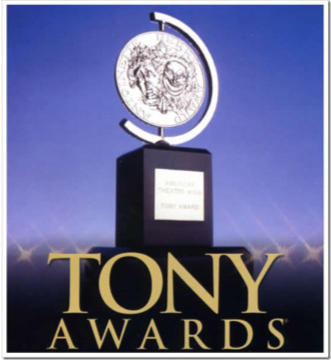 ceremony, he thanked Westport's education and arts communities in his speech: "I was educated in public schools where arts and culture were valued and recognized and a resource," said Paul. "I am so grateful to all my teachers who taught so much and gave so much to us." Paul shared the award for the song "City of Stars," from the film "La La Land," with fellow lyricist Benj Pasek and composer Justin Hurwitz, and Hurwitz's score from the film also won an Oscar.
ceremony, he thanked Westport's education and arts communities in his speech: "I was educated in public schools where arts and culture were valued and recognized and a resource," said Paul. "I am so grateful to all my teachers who taught so much and gave so much to us." Paul shared the award for the song "City of Stars," from the film "La La Land," with fellow lyricist Benj Pasek and composer Justin Hurwitz, and Hurwitz's score from the film also won an Oscar.
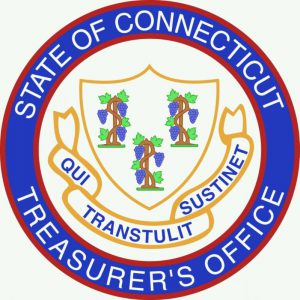
 rding to the Treasurer’s Office. Representing the Connecticut Treasurer’s Office at the annual meeting, and presenting the proposal, was Aeisha Mastagni, a Portfolio Manager in the Corporate Governance Unit of the California State Teachers’ Retirement System. Overall, according to a U.S. Securities & Exchange Commission filing, 74.7 million shareholders voted against the proposal, with 32.7 million voting in favor.
rding to the Treasurer’s Office. Representing the Connecticut Treasurer’s Office at the annual meeting, and presenting the proposal, was Aeisha Mastagni, a Portfolio Manager in the Corporate Governance Unit of the California State Teachers’ Retirement System. Overall, according to a U.S. Securities & Exchange Commission filing, 74.7 million shareholders voted against the proposal, with 32.7 million voting in favor.



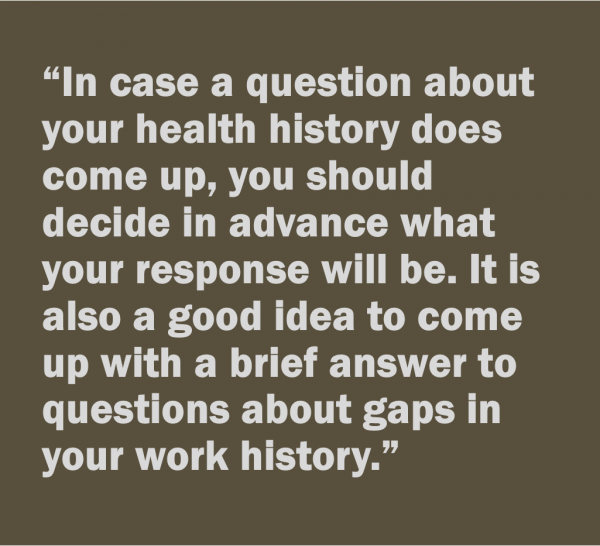 When answering, tell stories about your achievements and use concrete examples – but keep your answers brief and meaningful. Stay composed, and don’t let an interviewer’s quirky questions rattle you. Unless a question or request is discriminatory, just go with the flow.
When answering, tell stories about your achievements and use concrete examples – but keep your answers brief and meaningful. Stay composed, and don’t let an interviewer’s quirky questions rattle you. Unless a question or request is discriminatory, just go with the flow.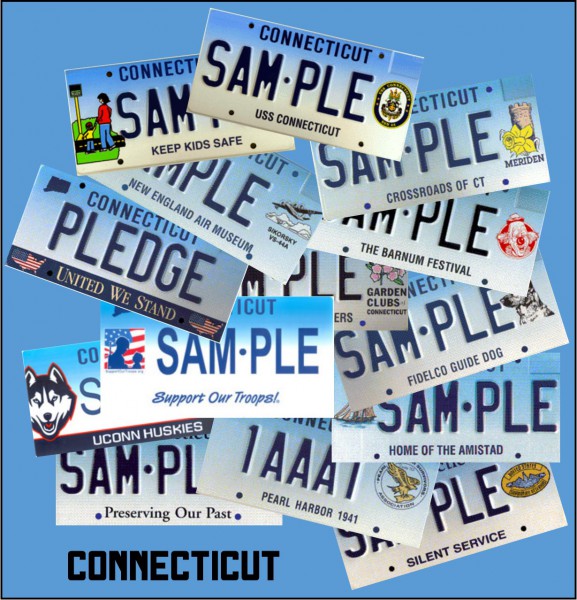
 Organization vanity plates include Amistad, Benevolent & Protective Order of the Elks, IUOE Local 478, Grand Lodge of Connecticut, Knights of Columbus, Olympic Spirit, P.T. Barnum Foundation Inc., Preserving Our Past CT Trust for Historic Preservation, Red Sox Foundation, Lions Eye Research Foundation, Special Olympics, Federated Garden Clubs, Fidelco Guide Dog Foundation, Keep Kids Safe, New England Air Museum and the U.S.S. Connecticut Commissioning Committee.
Organization vanity plates include Amistad, Benevolent & Protective Order of the Elks, IUOE Local 478, Grand Lodge of Connecticut, Knights of Columbus, Olympic Spirit, P.T. Barnum Foundation Inc., Preserving Our Past CT Trust for Historic Preservation, Red Sox Foundation, Lions Eye Research Foundation, Special Olympics, Federated Garden Clubs, Fidelco Guide Dog Foundation, Keep Kids Safe, New England Air Museum and the U.S.S. Connecticut Commissioning Committee.
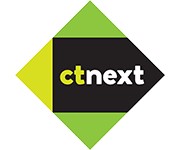
 International migration has helped, the data shows, but not enough to offset domestic out-migration. Average international in-migration has grown 29% post-recession compared to pre-recession, but in terms of overall net migration, the state has seen an increased loss starting from 2012.
International migration has helped, the data shows, but not enough to offset domestic out-migration. Average international in-migration has grown 29% post-recession compared to pre-recession, but in terms of overall net migration, the state has seen an increased loss starting from 2012.


 Venture capital firms are typically deep-pocketed, small companies that bet on startup success by investing millions in exchange for an ownership interest and hopes of high returns. Published
Venture capital firms are typically deep-pocketed, small companies that bet on startup success by investing millions in exchange for an ownership interest and hopes of high returns. Published 





























